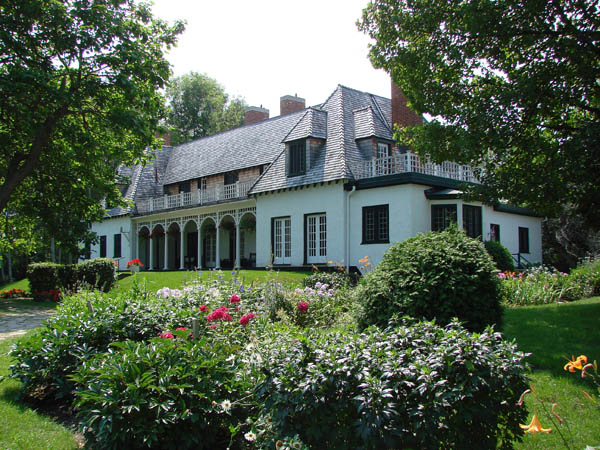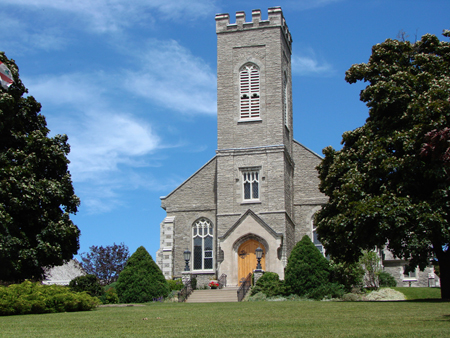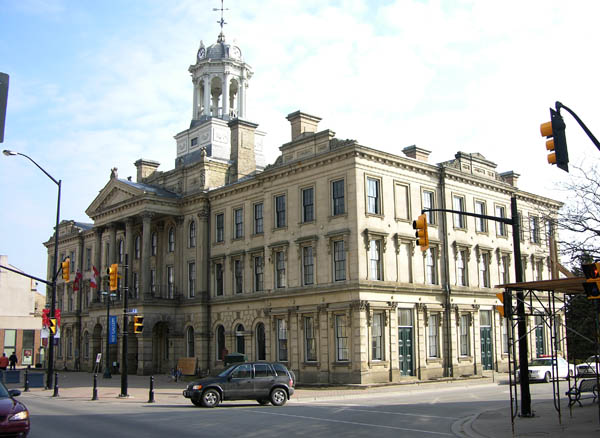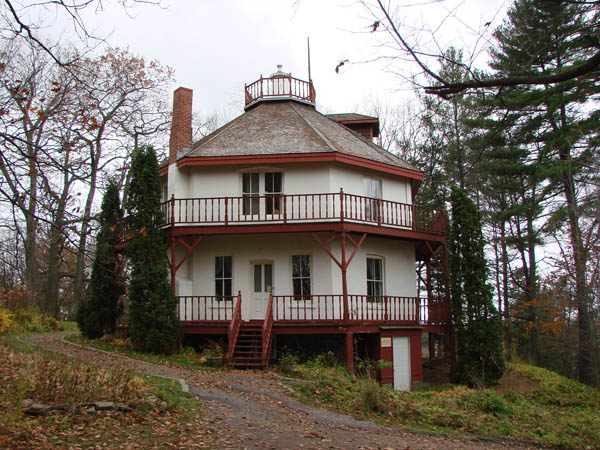Menu
Precious Blood Cathedral, Sault Ste. Marie
The location of Sault Ste. Marie on the inland waterway to the west made it an important meeting place for Aboriginals and, later, explorers and fur traders. With fur traders came missionaries. Between 1797 and 1800, the North West Company built a post and canal to by-pass the rapids on the St. Mary's River. Severely damaged during the War of 1812, the community was rebuilt. A small wooden building was constructed in 1846 as a Jesuit missionary post for the region. The present church, dedicated in 1876 as the Parish of the Sacred Heart, replaced the earlier building.
Sault Ste. Marie was elevated to a diocese in 1904 and the church was selected as a diocesan Cathedral. In 1913, the Jesuits who had served the parish church and then the Cathedral were replaced by the secular clergy. It was renamed the Cathedral of Precious Blood in 1936.
Built of local red-grey sandstone, the Precious Blood Cathedral was designed in the Gothic Revival style with a single nave plan and a striking vertical emphasis. Tall lancet windows, a steeply pitched roof and a tall extended tower add to its verticality. The stone walls, including the corner quoins, are rough and unfinished giving a solid, yet primitive impression. Recessed belfry windows and projecting corner spires, along with the steep gable roof, distinguish the tower roof and anchor it to the main roof. In 1901, the transept was built and, in 1930, a new vestry was added. In 1923-24, extensive interior alterations were carried out including the erection of a Gothic reredos and marble altar. The interior was renovated in 1963.
In 1981, the City of Sault Ste. Marie designated the church under the Ontario Heritage Act and, in 1983, the Ontario Heritage Trust secured a heritage easement on the structure.




